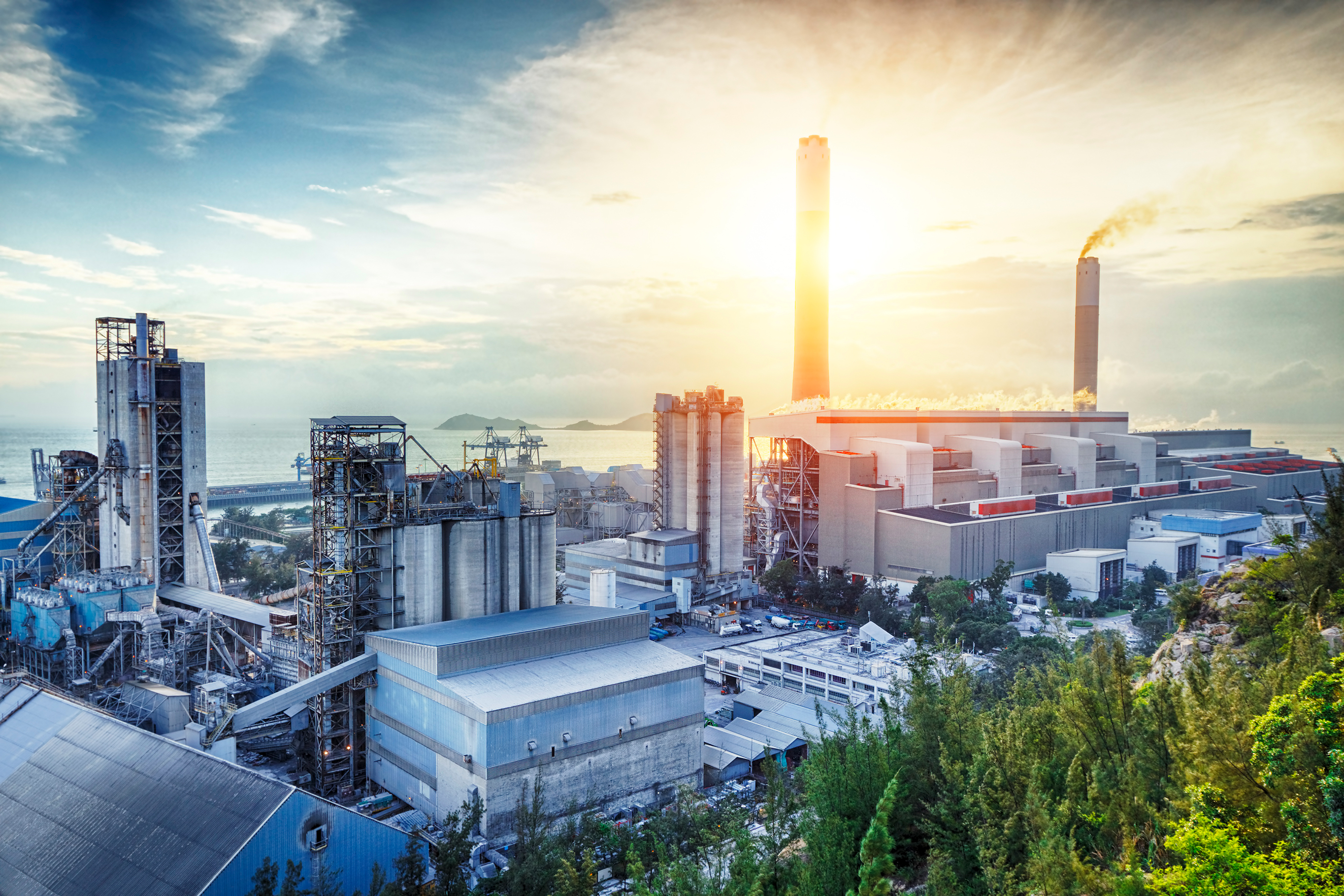Sharing what we’ve learned
TRC experts share their thoughts and insights on the trends and challenges impacting their markets.
Search by

Insights
Minimize Risk Under RCRA with Strategic Treatment, Storage and Disposal Facility Audits
November 10, 2025When it comes to managing hazardous waste, regulatory compliance isn’t just a “check the box” activity - it’s a critical component of corporate risk management. The Resource Conservation and Recovery Act (RCRA) empower the United States Environmental Protection Agency (EPA) and delegated state agencies to oversee hazardous waste management from “cradle to grave.” Treatment, Storage and Disposal Facilities (TSDF) are responsible for treating (e.g., incinerate, chemically fix, neutralize, etc.) and disposing of hazardous waste in accordance with applicable regulations.
0 results
That’s all!







